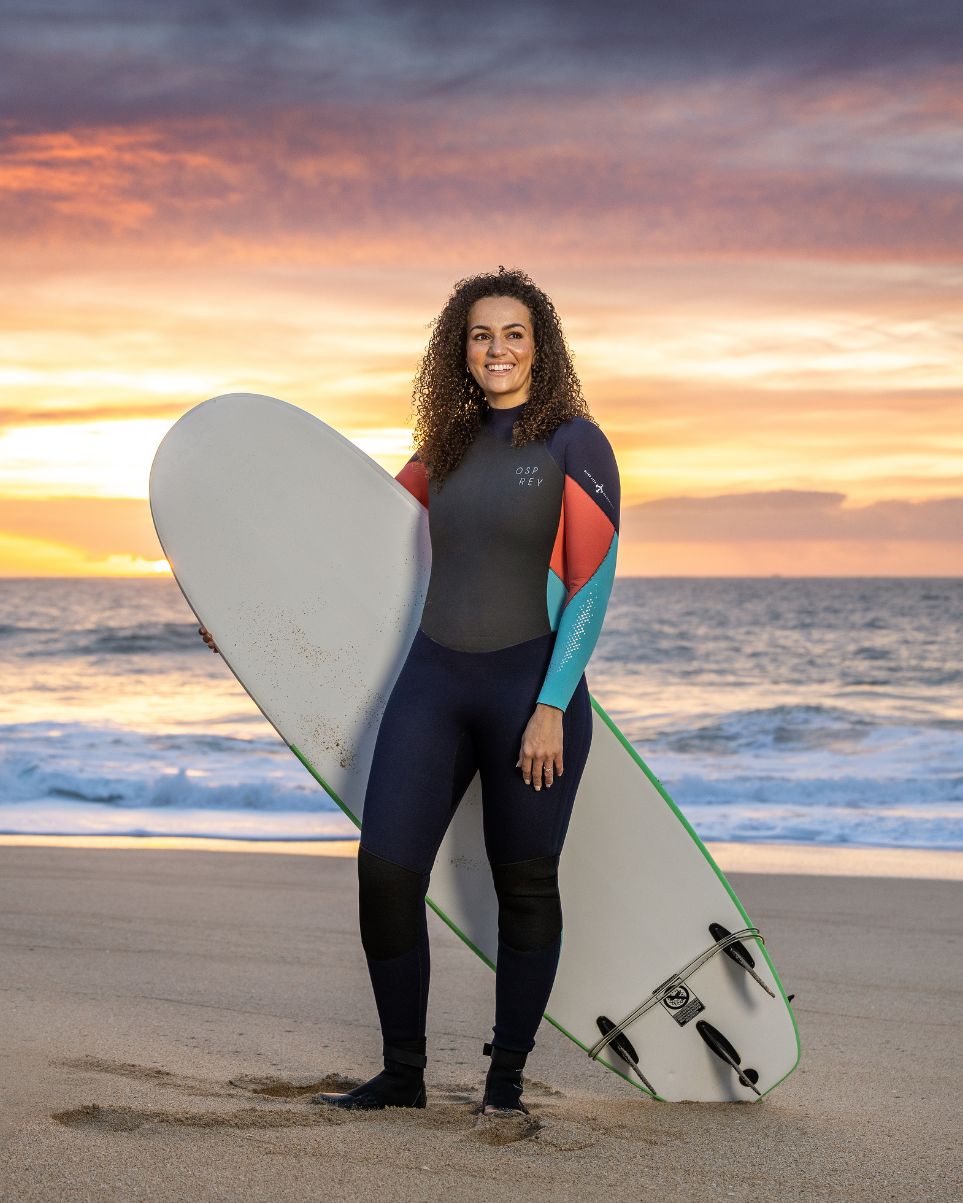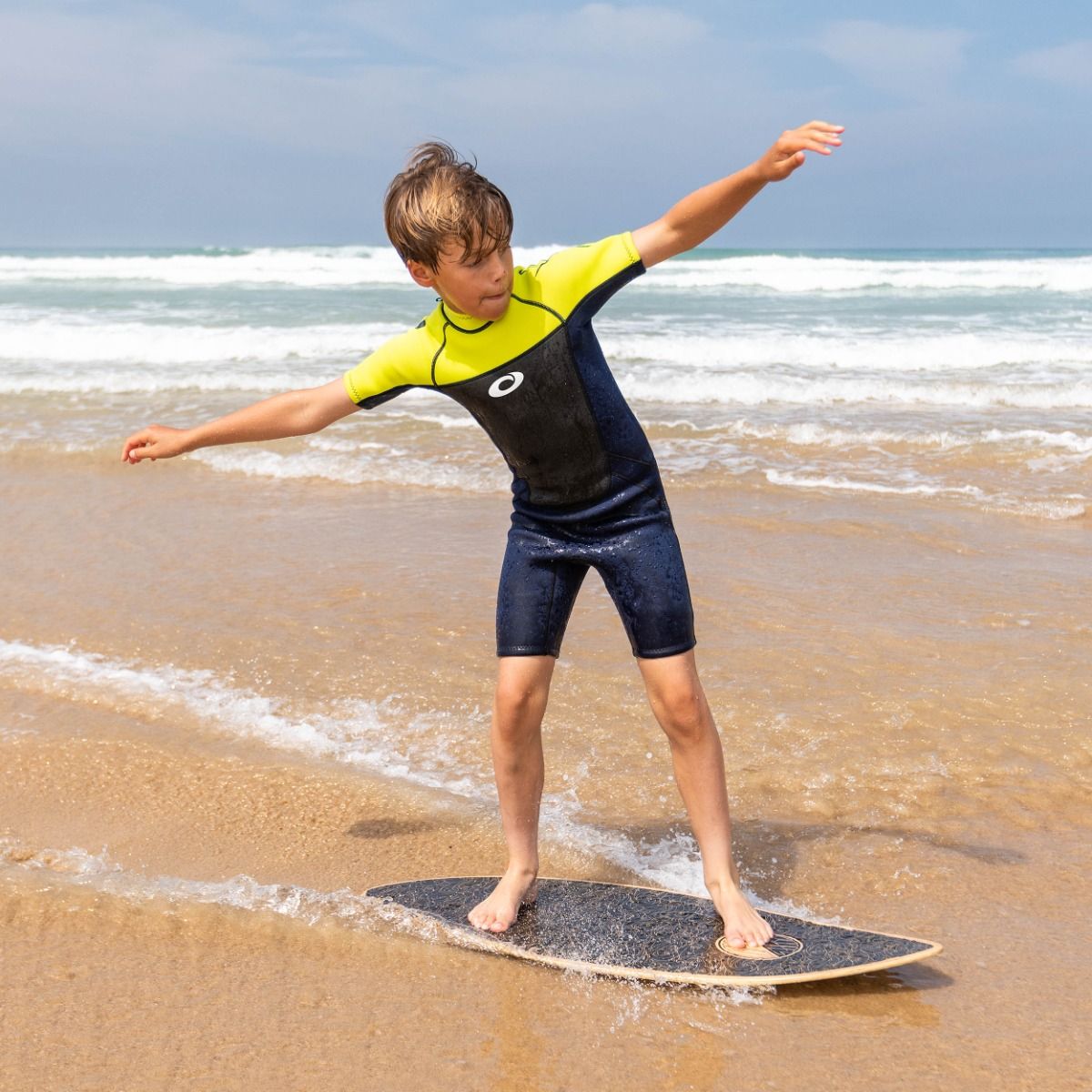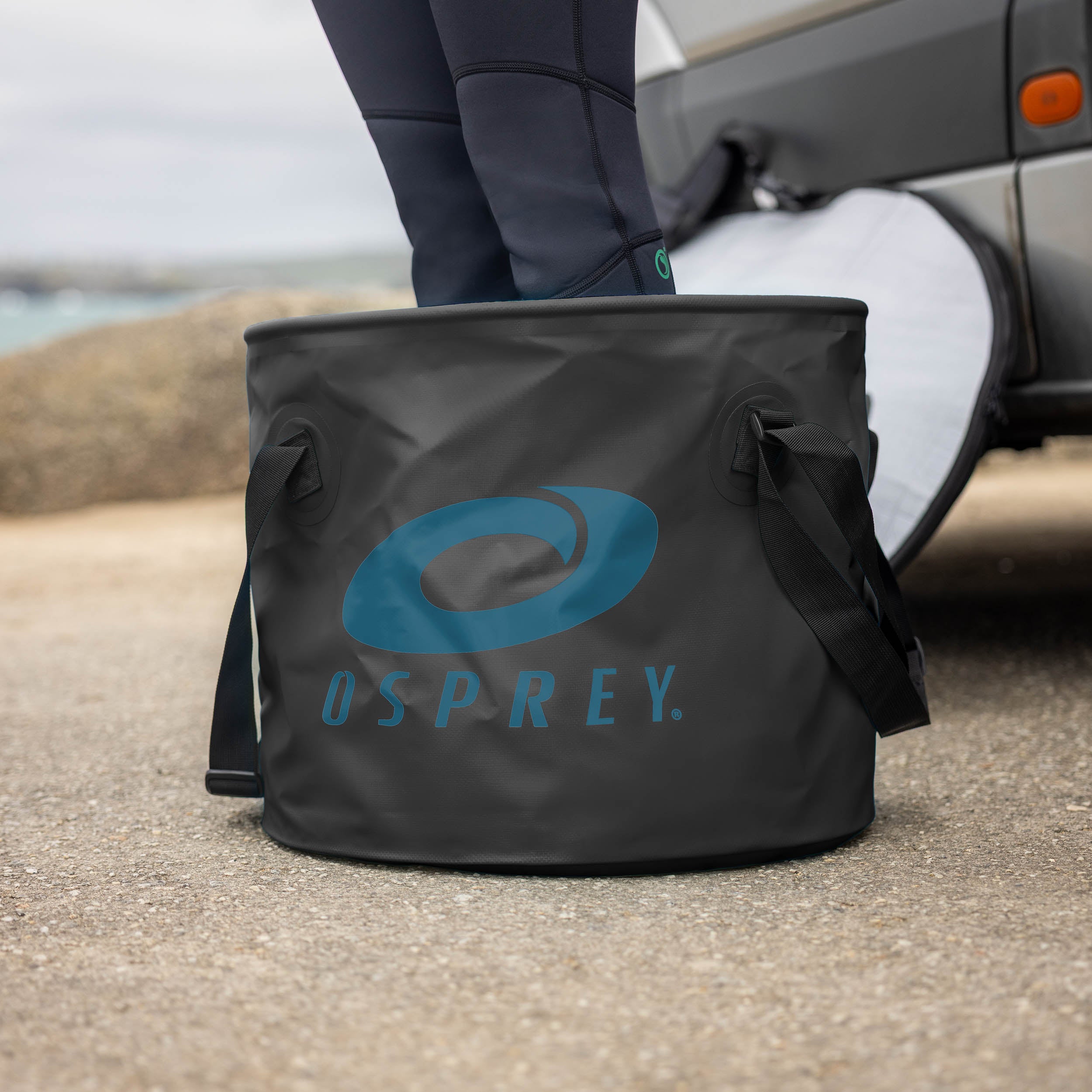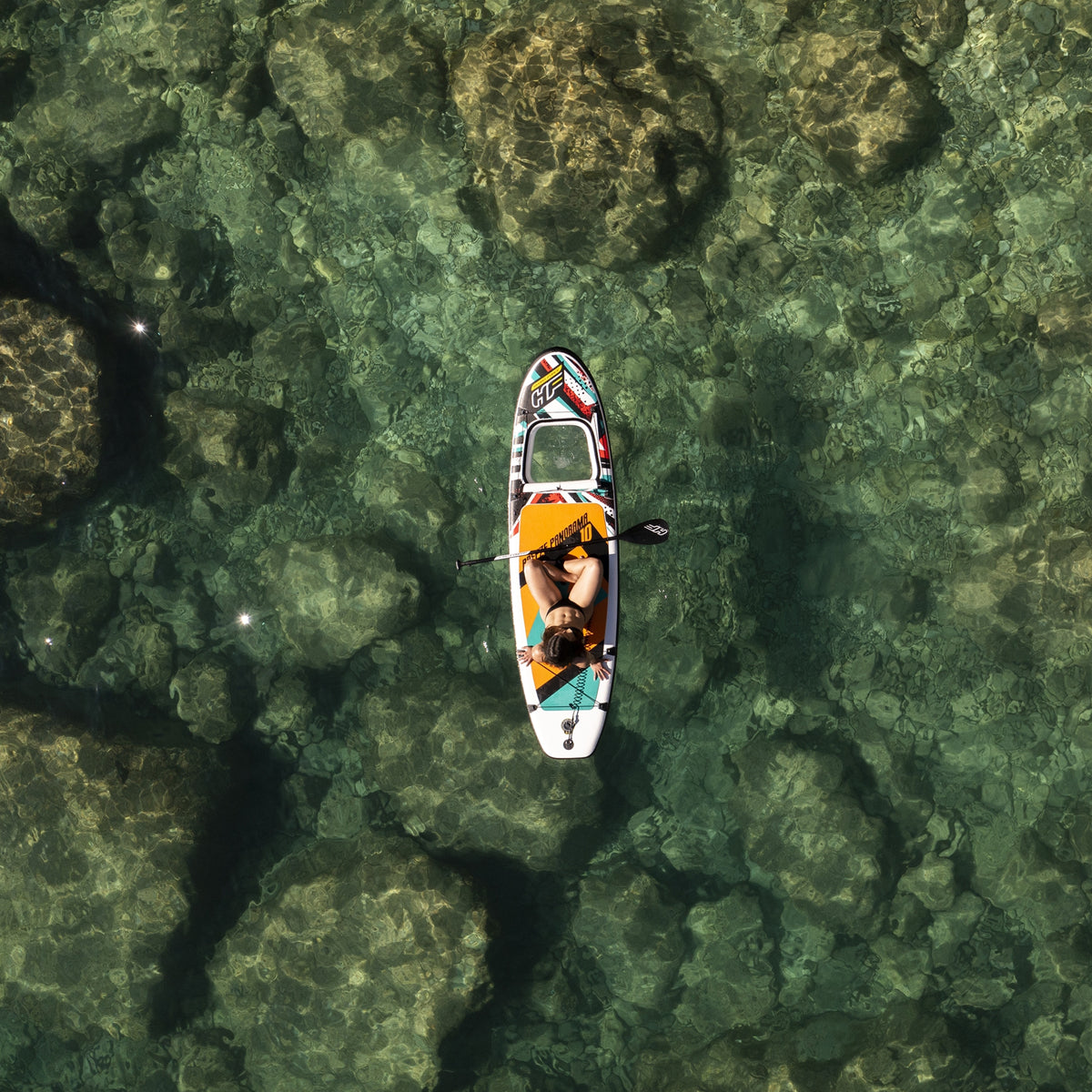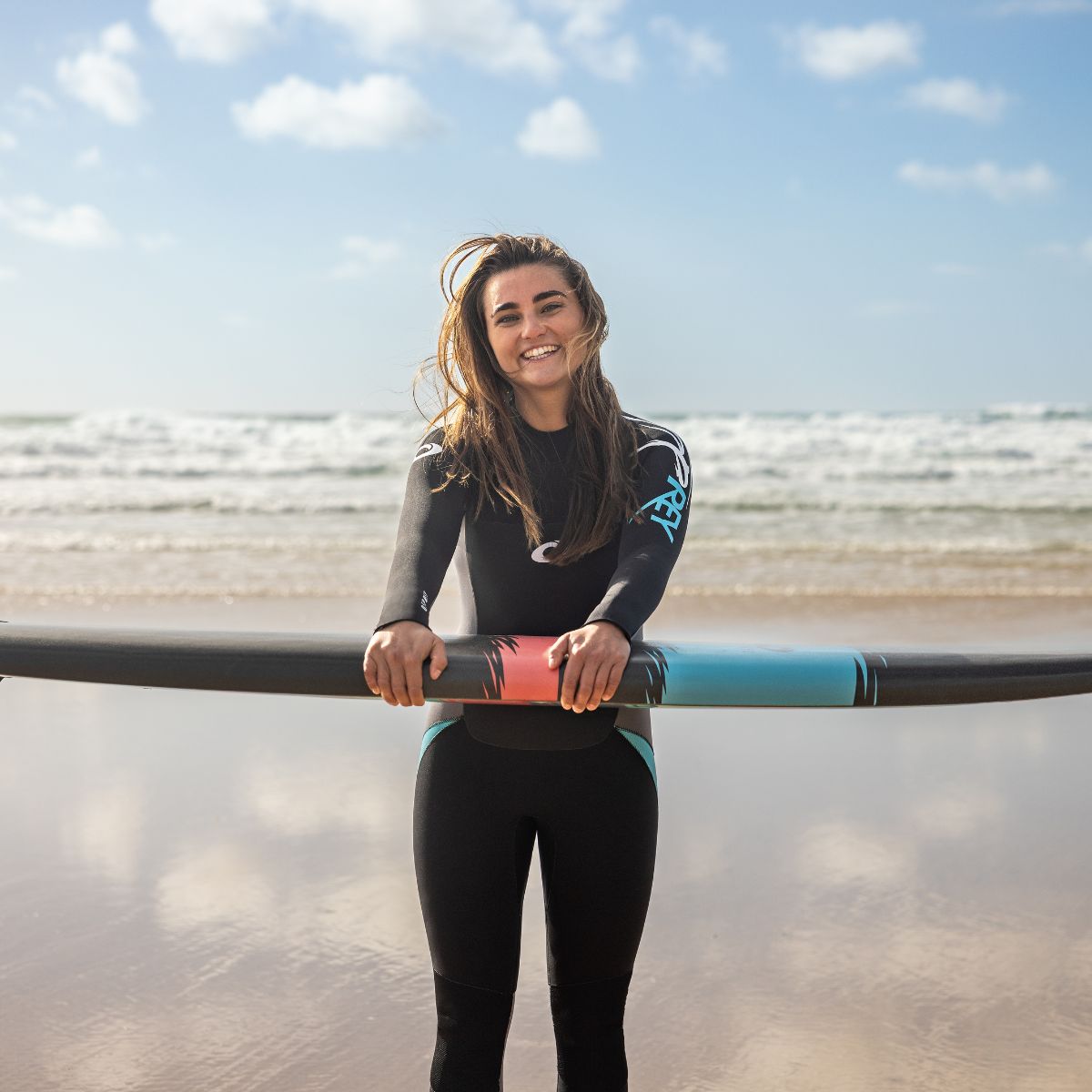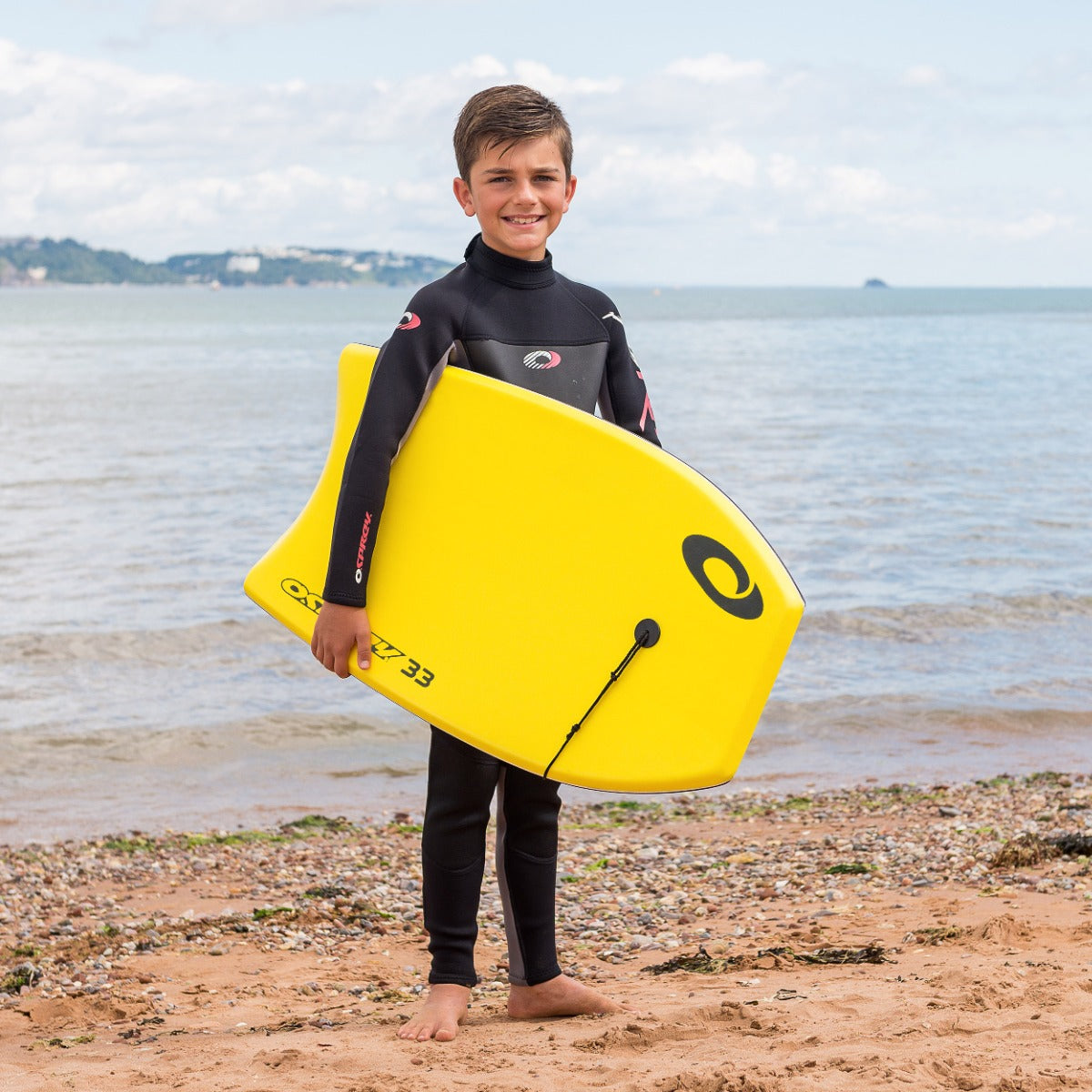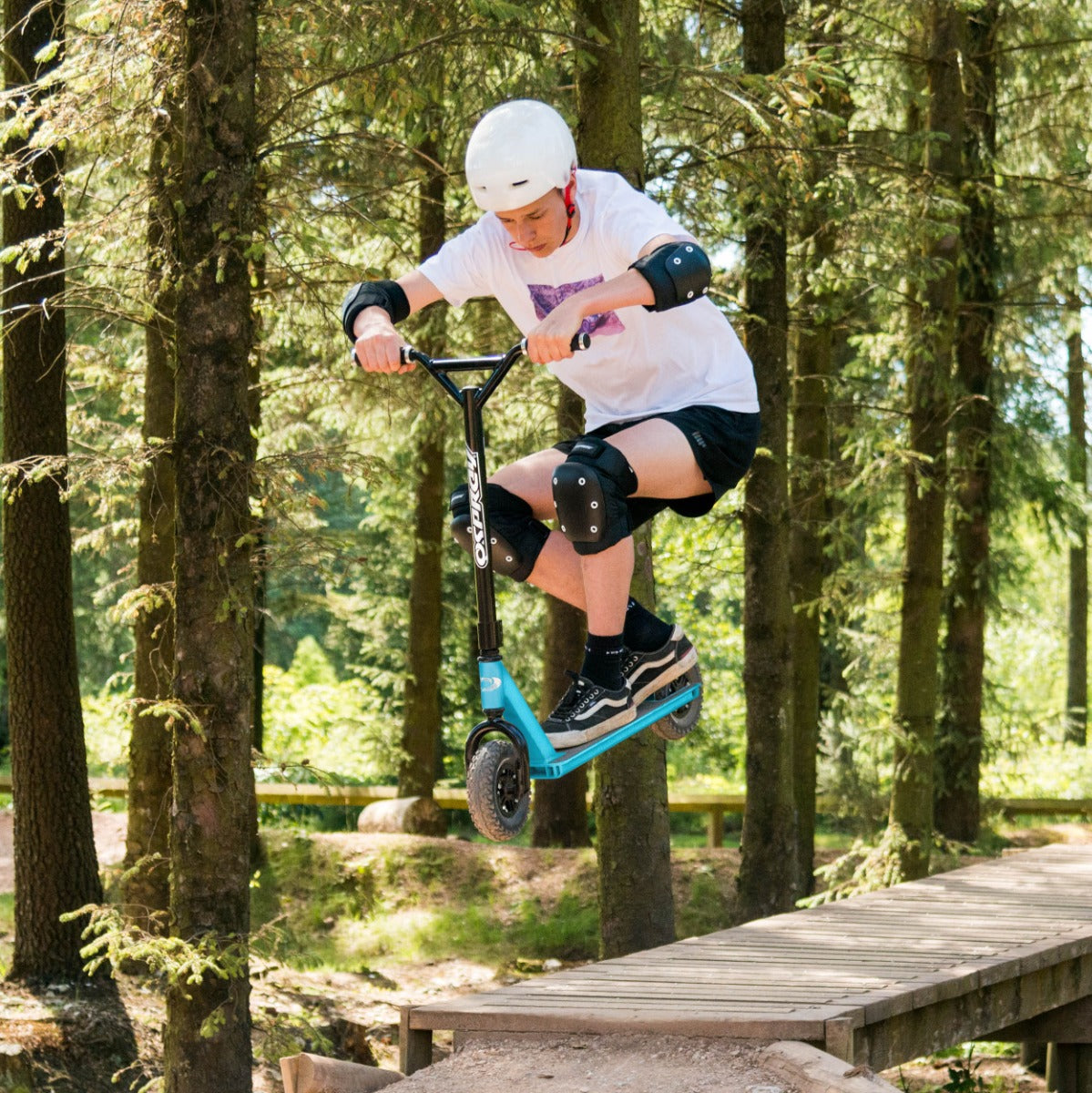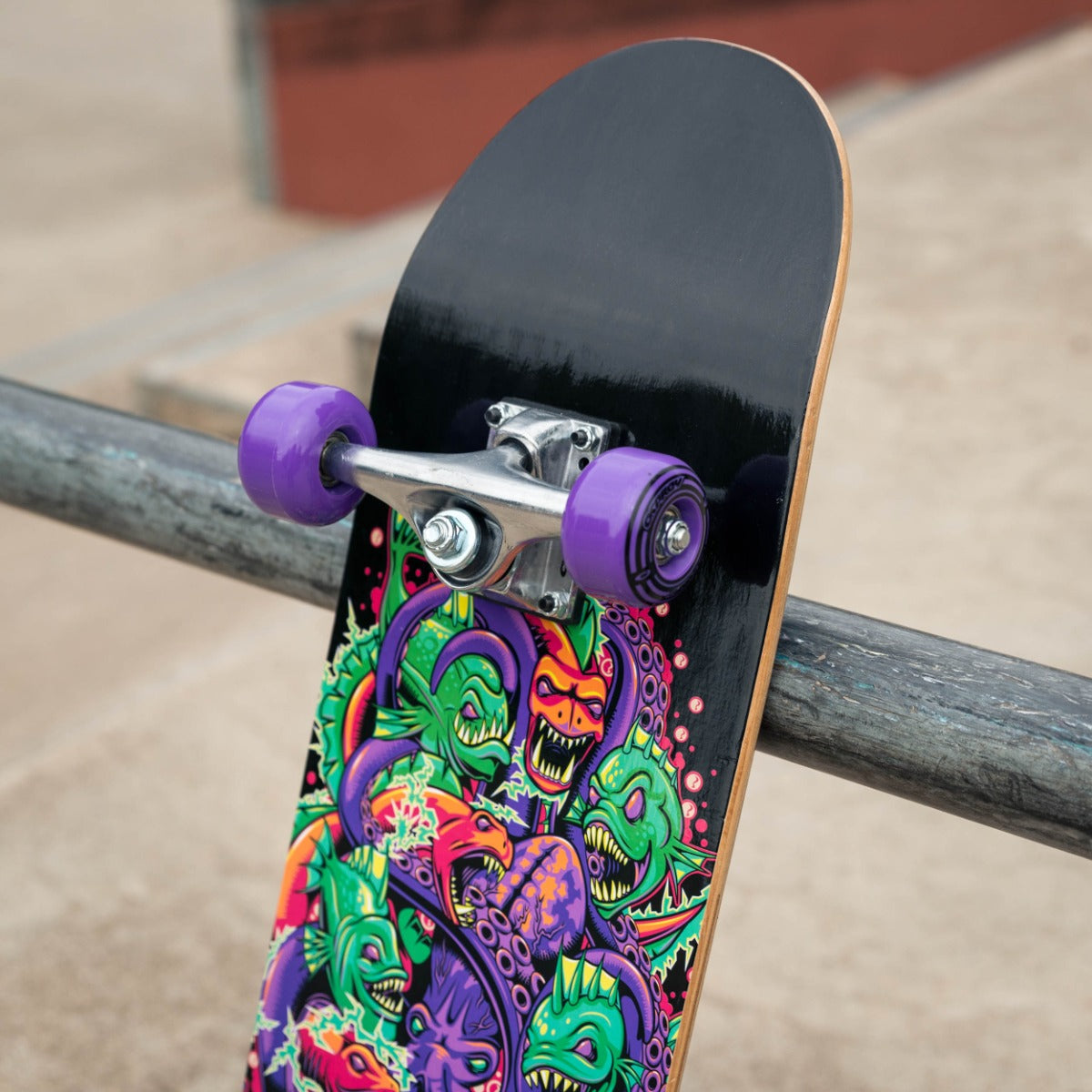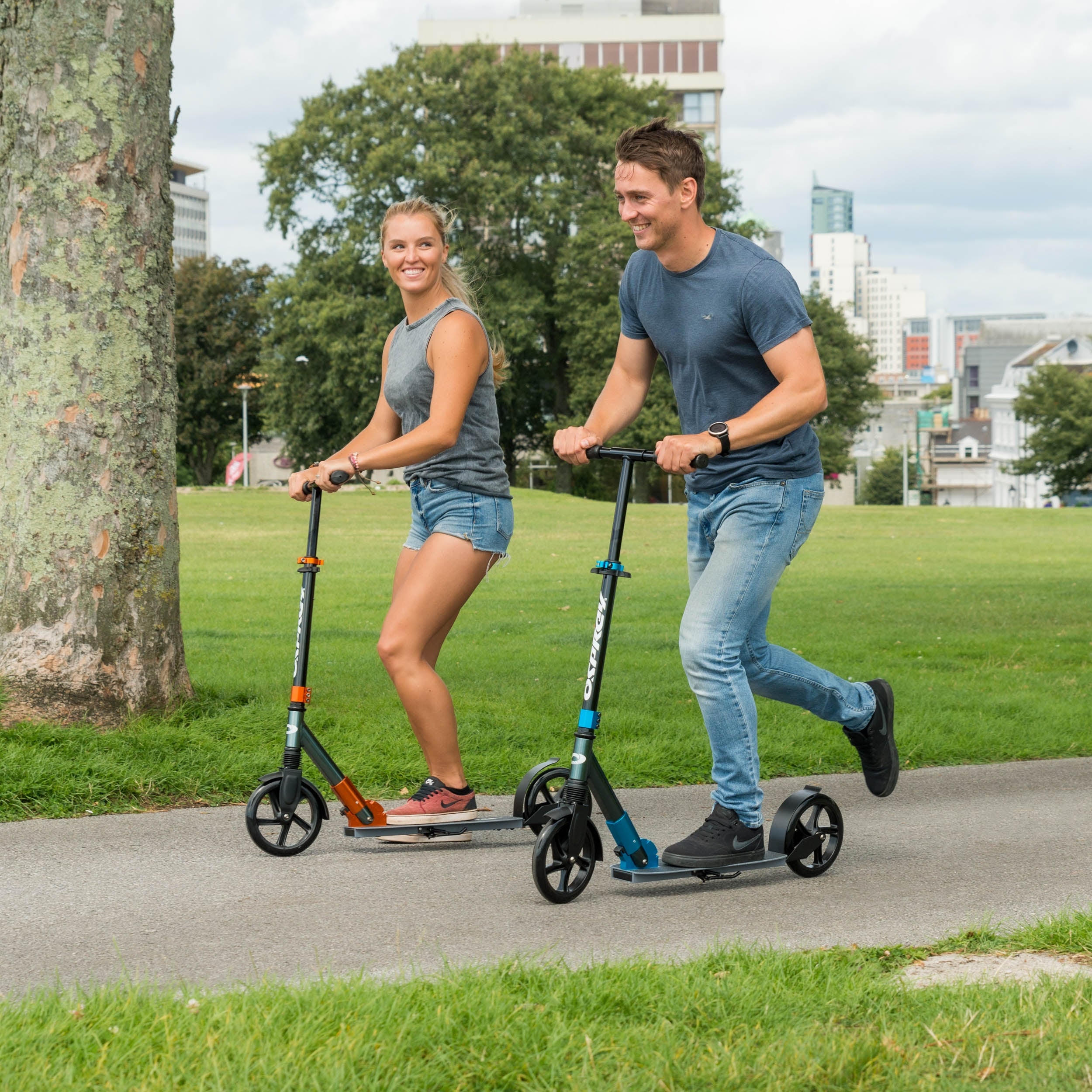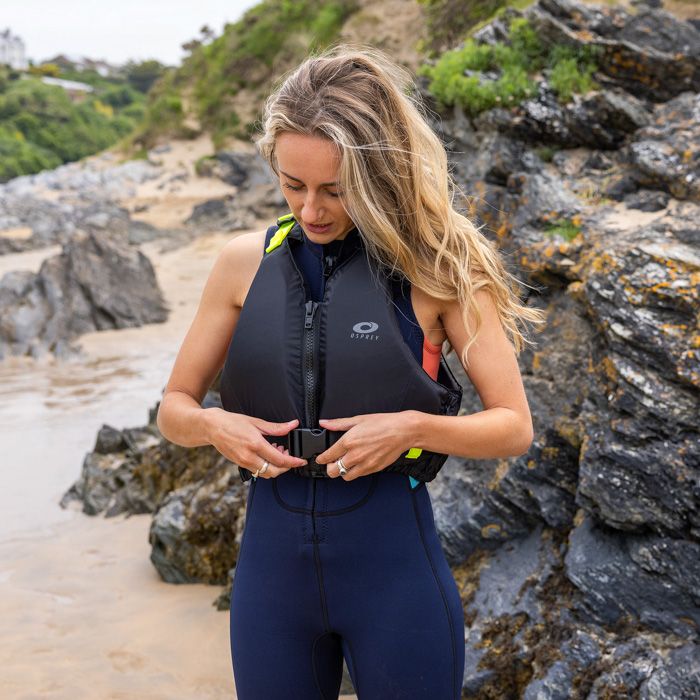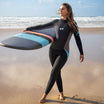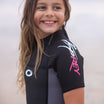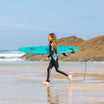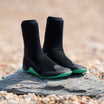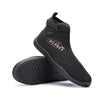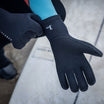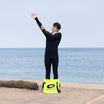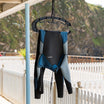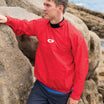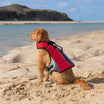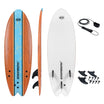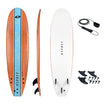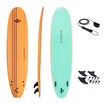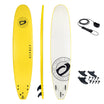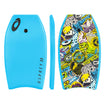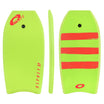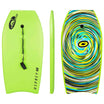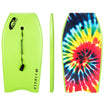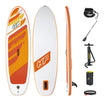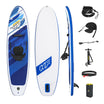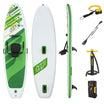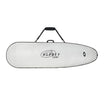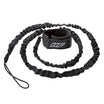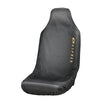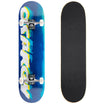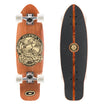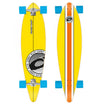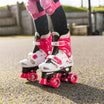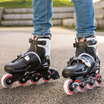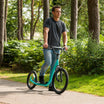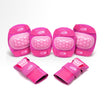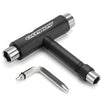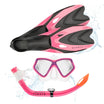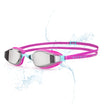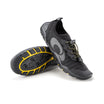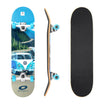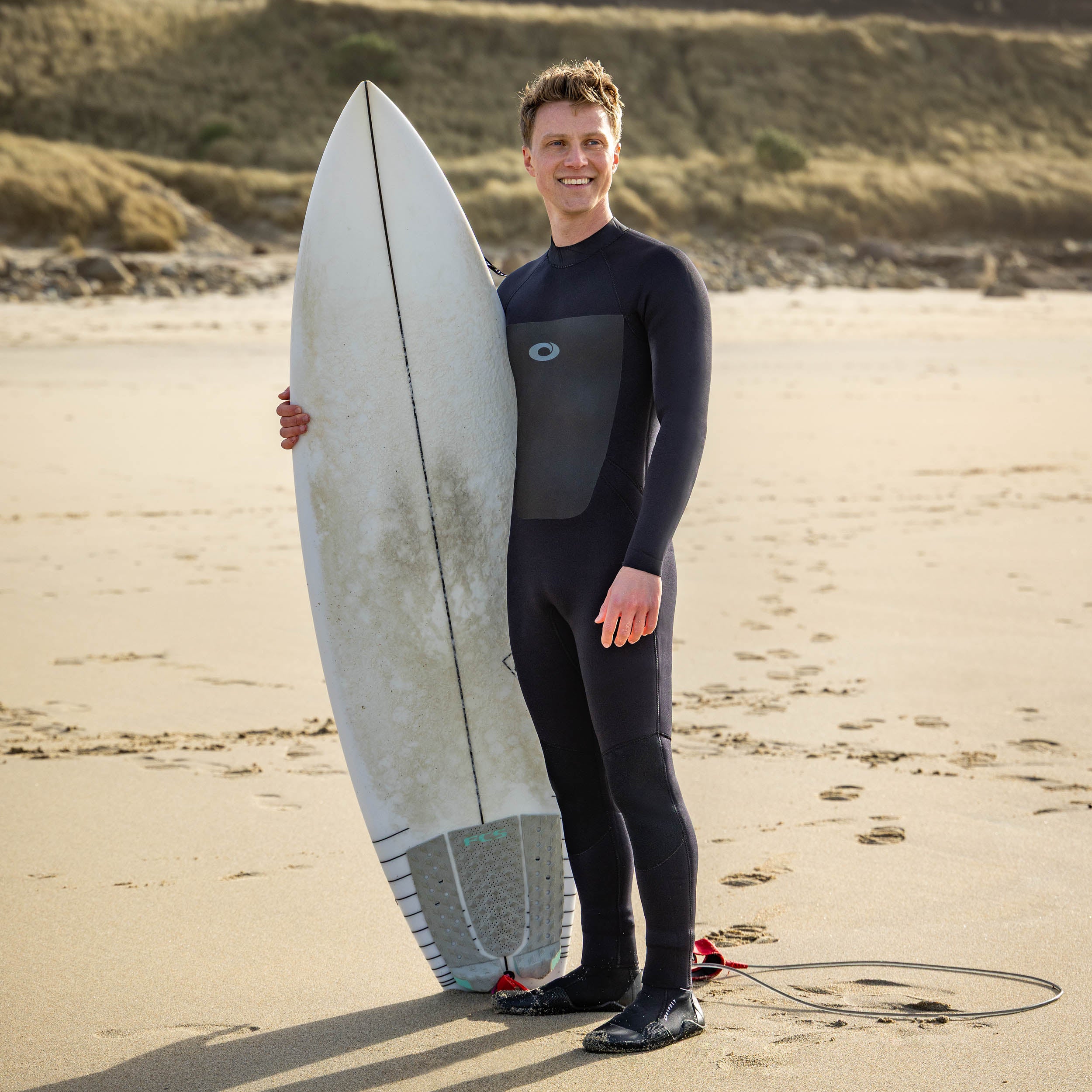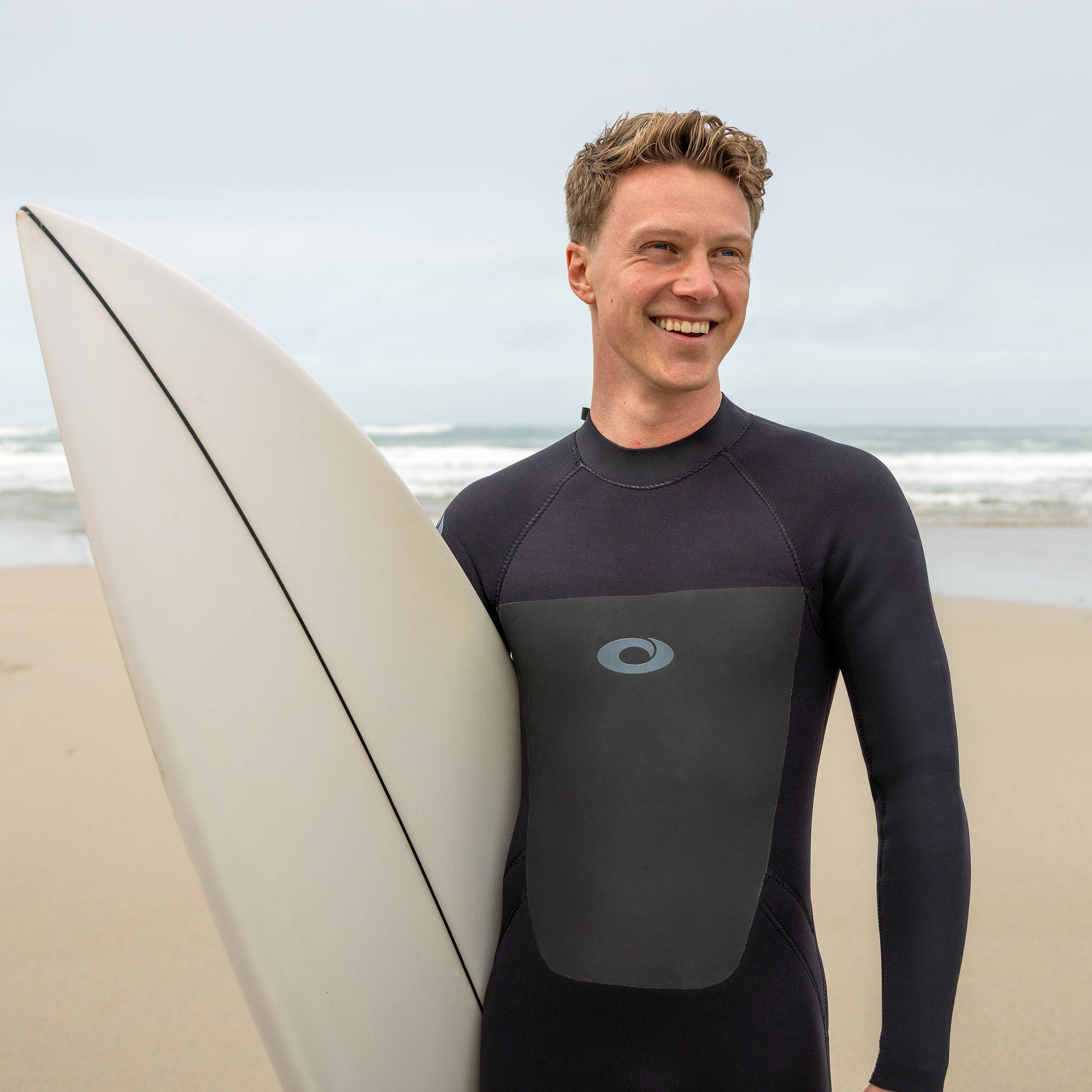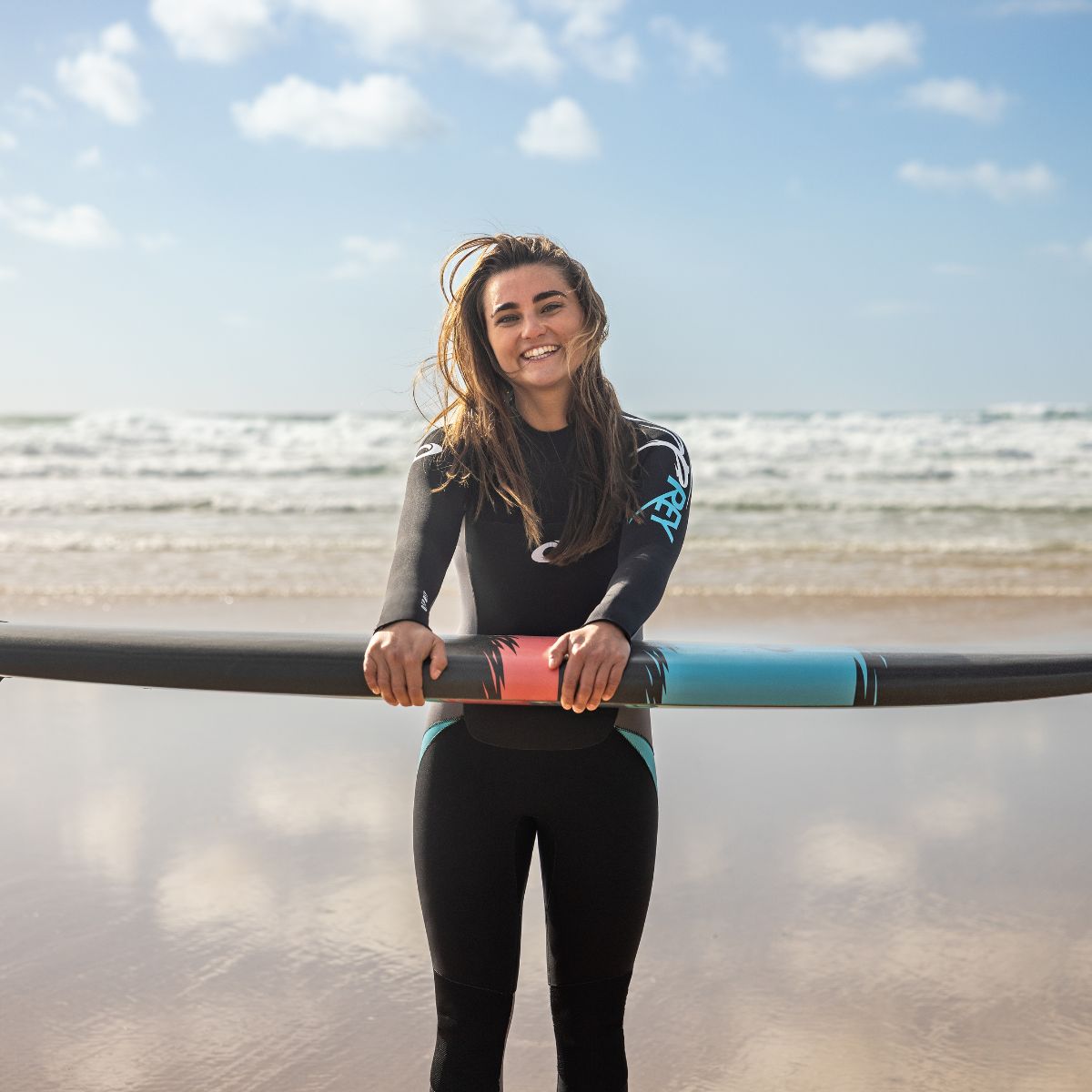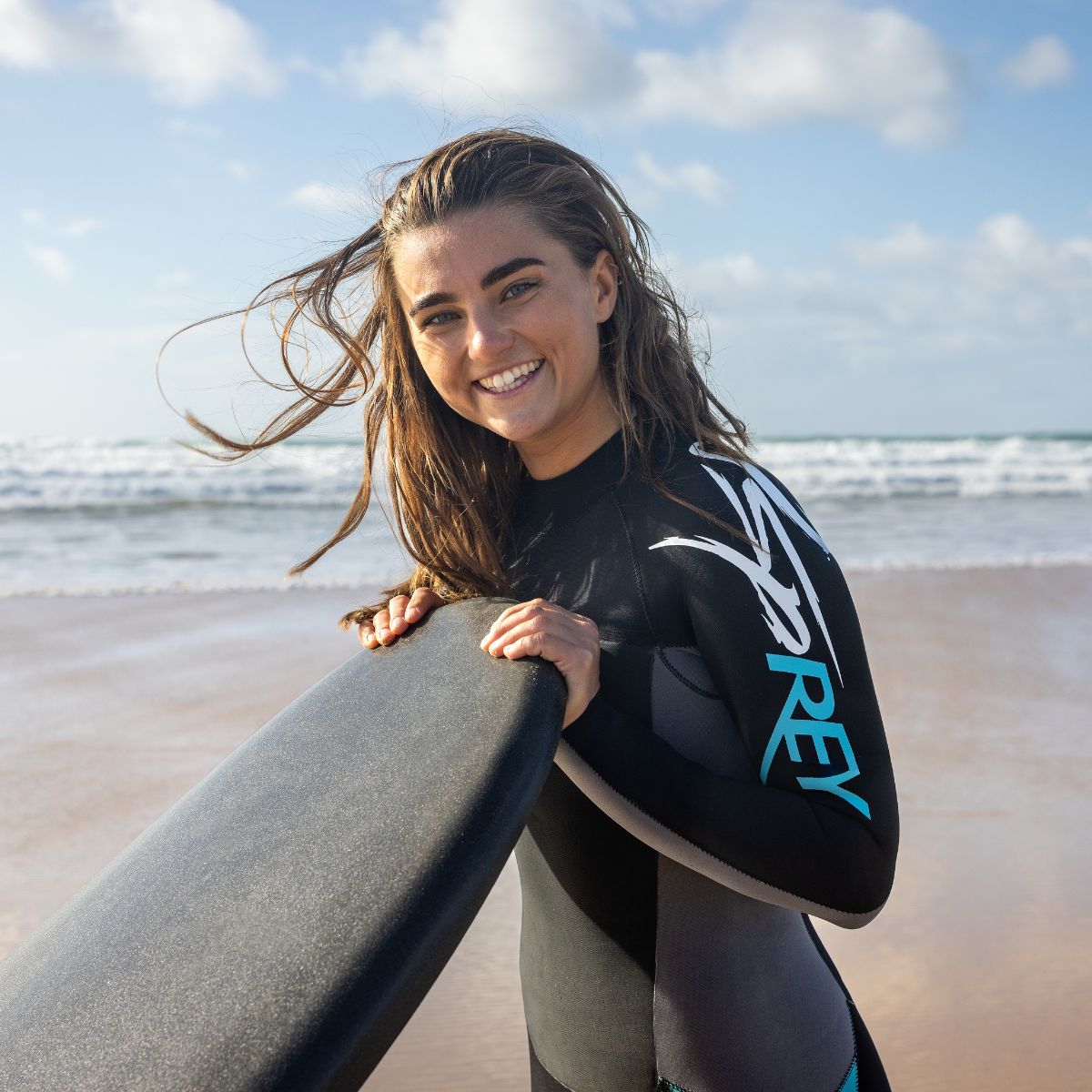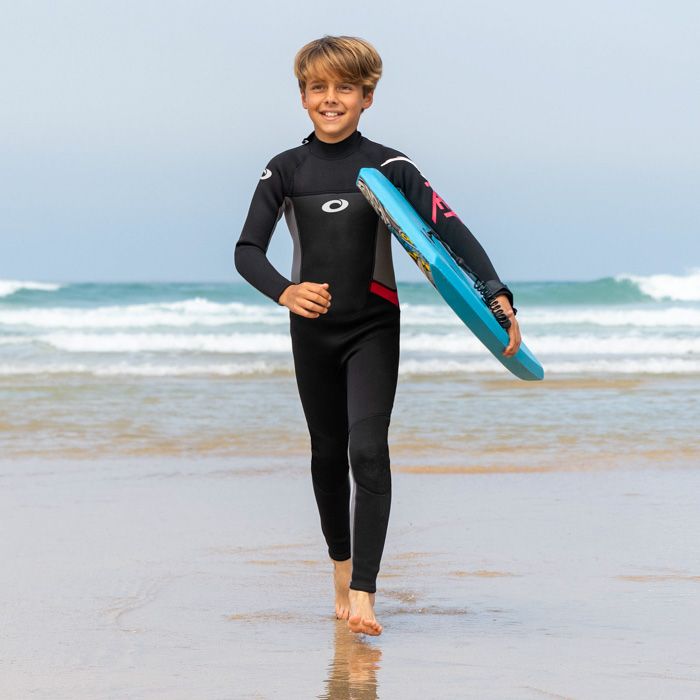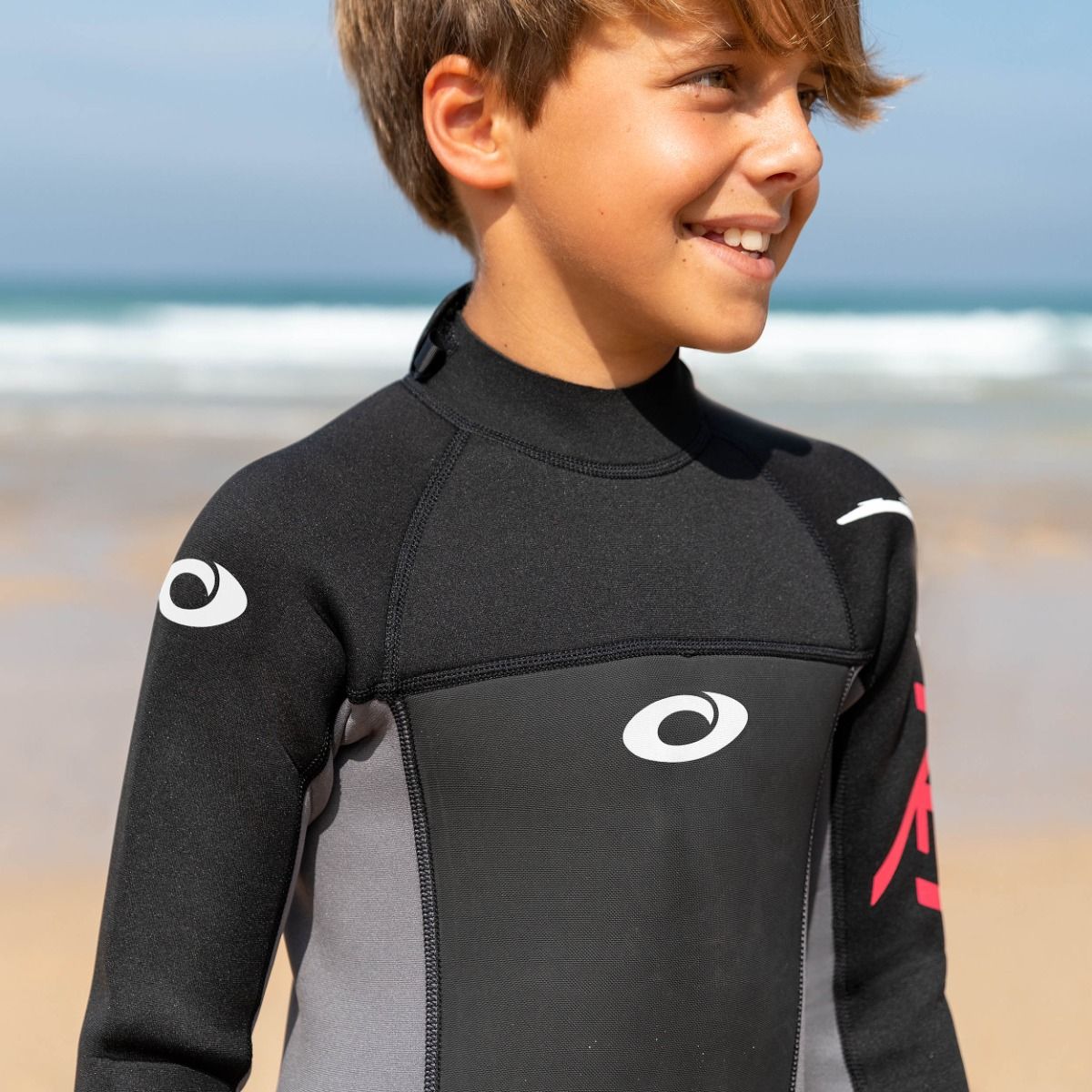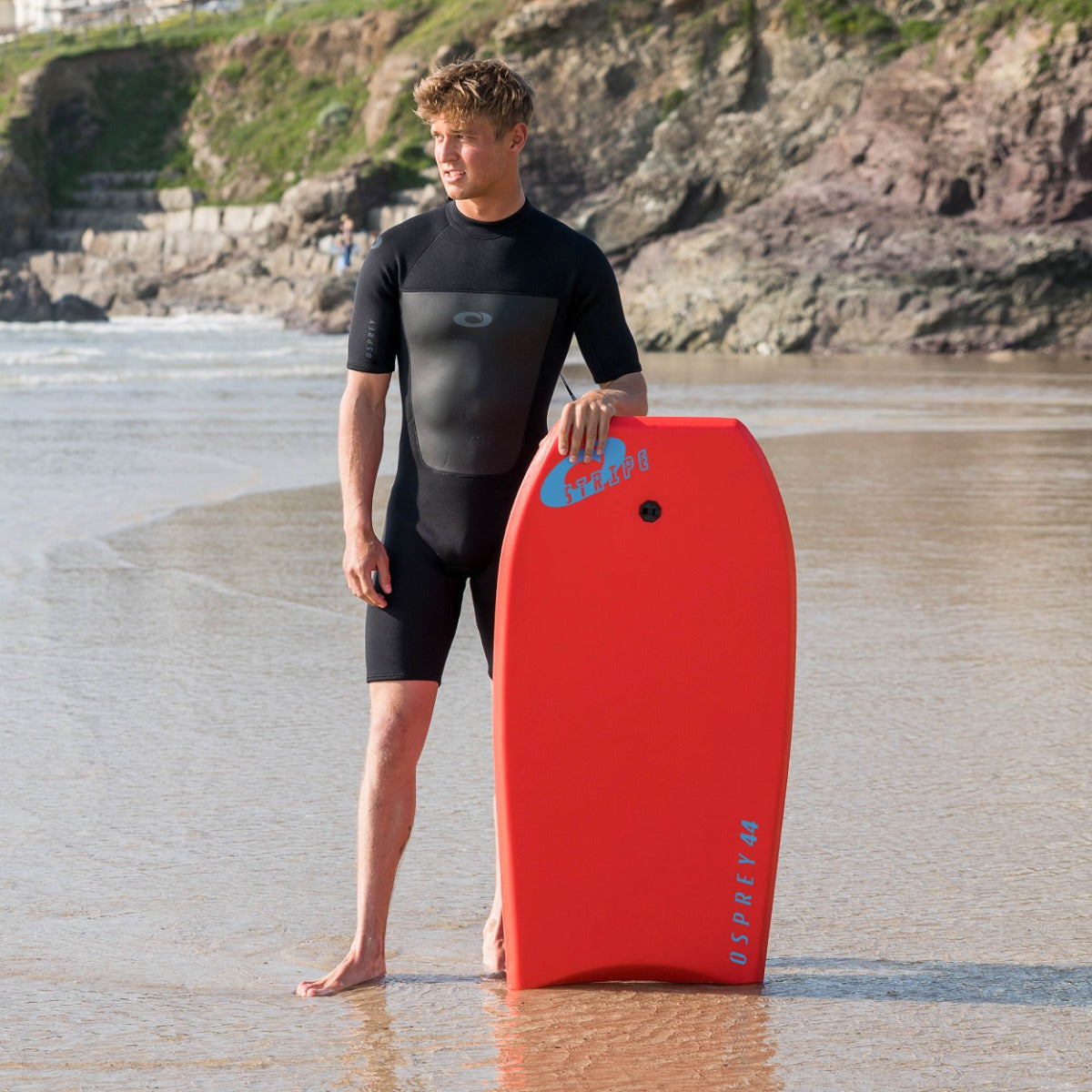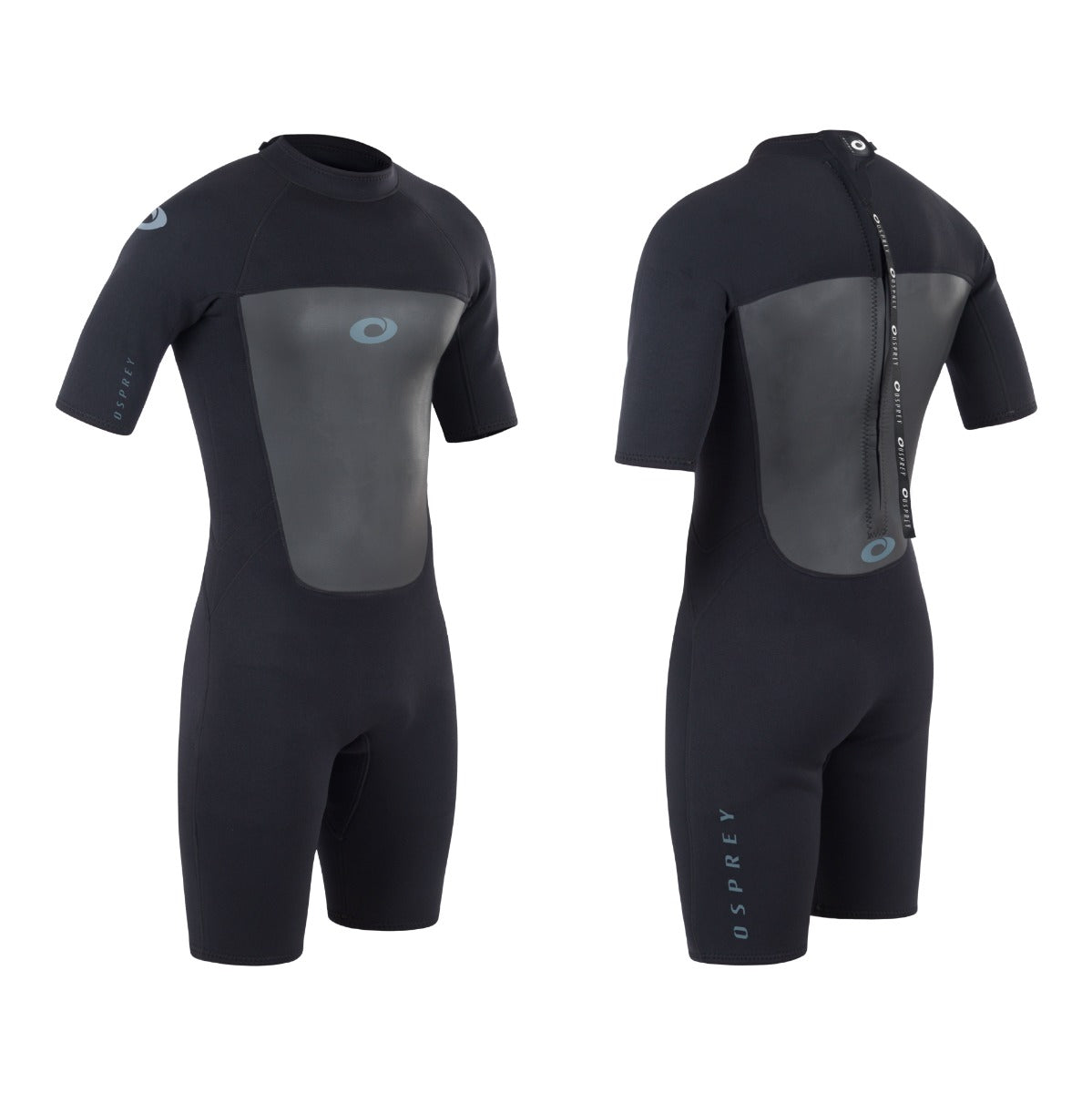Wetsuit Guide
WHAT WETSUIT DO I NEED?
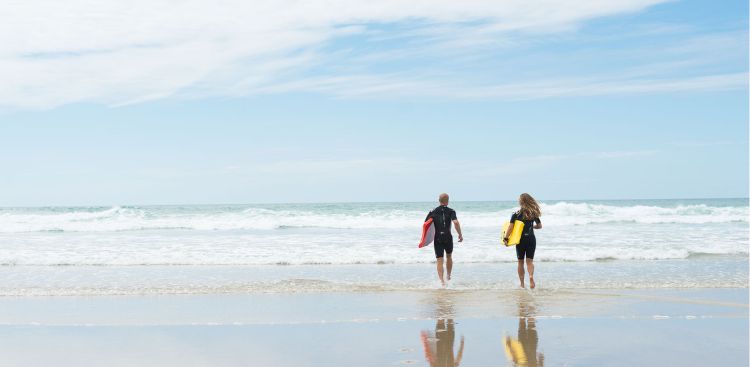
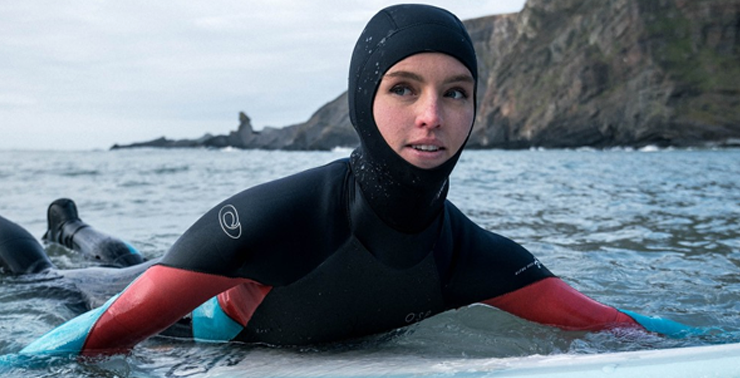
WHAT WETSUIT DO I NEED?
Thicker neoprene wetsuits are best for water temperatures of 15°C and below. A nice toasty 5/4/3mm is the safest option especially if you plan on surfing early morning swell or later in the evening when the sun offers a little less heat. Boots, gloves and a hood are advisable too if you're heading out in the winter water!
WHAT WETSUIT DO I NEED?
For water temperatures of 15°C to 25°C, a full length summer suit or a shorty is the ideal option. A full length summer suit will give you a little extra warmth in cooler water and a shorty is perfect for giving you just enough warmth without cooking you when the sun climbs during the day.
WHAT WETSUIT THICKNESS IS BEST?
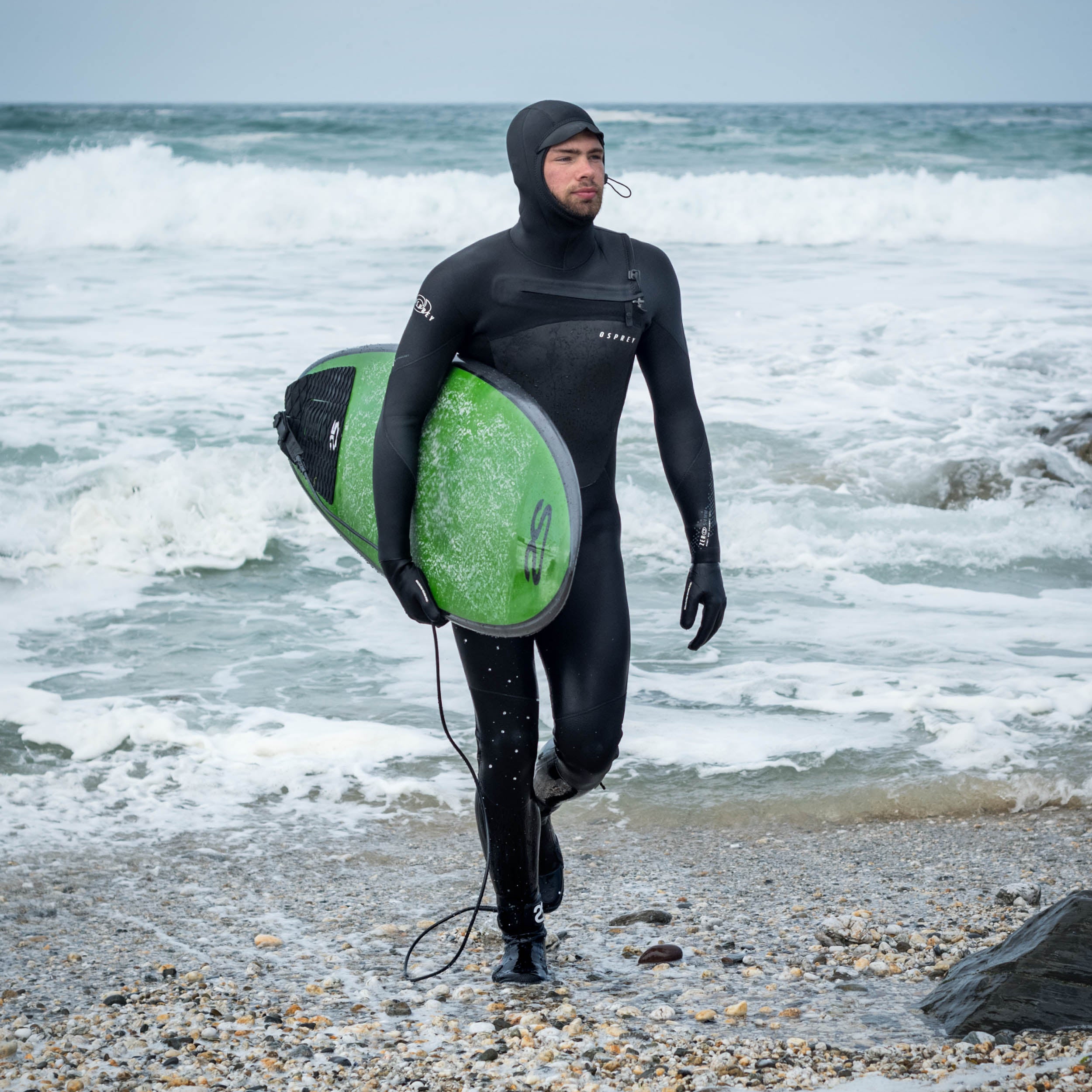
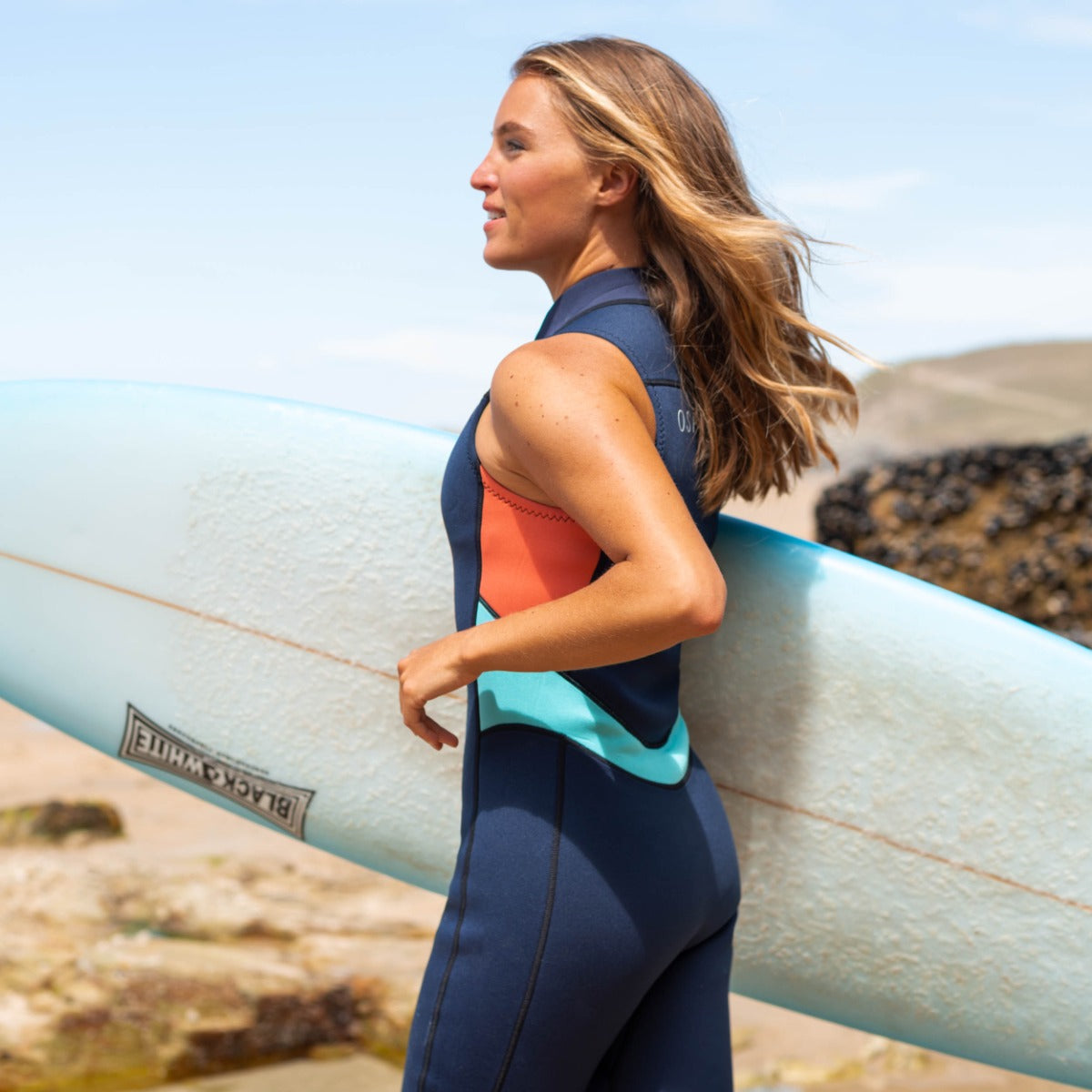
WHAT WETSUIT THICKNESS IS BEST?
FULL LENGTH SUMMER & SHORTIES
Standard full length summer wetsuits and summer shorties tend to generally have a thickness of around 3/2mm, with the 3 referring to the thickness around the torso, as this is where you need warmth most, due to your vital organs. The 2 will generally refer to the thickness in the legs and arms. The reason this number is lower is because you need flexibility to paddle and swim in the water so thicker neoprene will hinder your movement and tire you out faster.
Summer suits usually incorporate flat lock stitching which involves overlapping two pieces of neoprene and then stitching the seam together. This zigzag stitching method used because the holes left by the stitching makes them more breathable and cooler to wear.
WHAT WETSUIT THICKNESS IS BEST?
FULL LENGTH WINTER
Full length winter wetsuits usually have a thickness of 5/3mm and above. The 5 refers to the thickness of the neoprene around the torso, where you need warmth the most and the 3 refers to the thickness around areas such as the arms and legs, allowing for greater flexibility for easier movement in the water. Occasionally there will be a middle number for example 5/4/3mm, which usually refers to the thickness of the neoprene around the thighs etc. for a bit of extra warmth.
Seams are a crucial feature in winter wetsuits. Most use glued and blind-stitched seams, where the neoprene panels are glued together at the edges and stitched without fully passing through the material. This design ensures a watertight and flexible seal.
WHAT WETSUIT IS BEST FOR BEGINNERS?
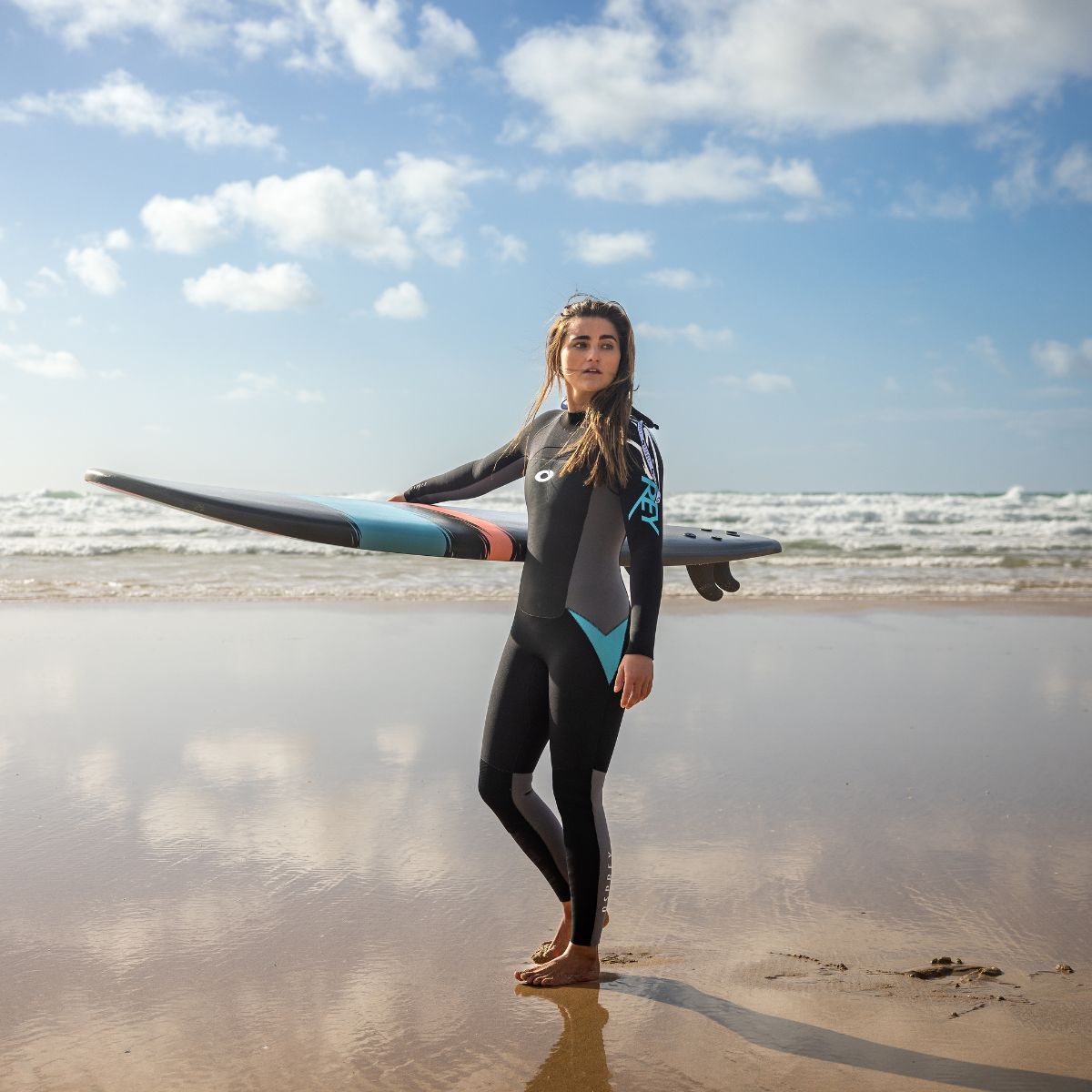

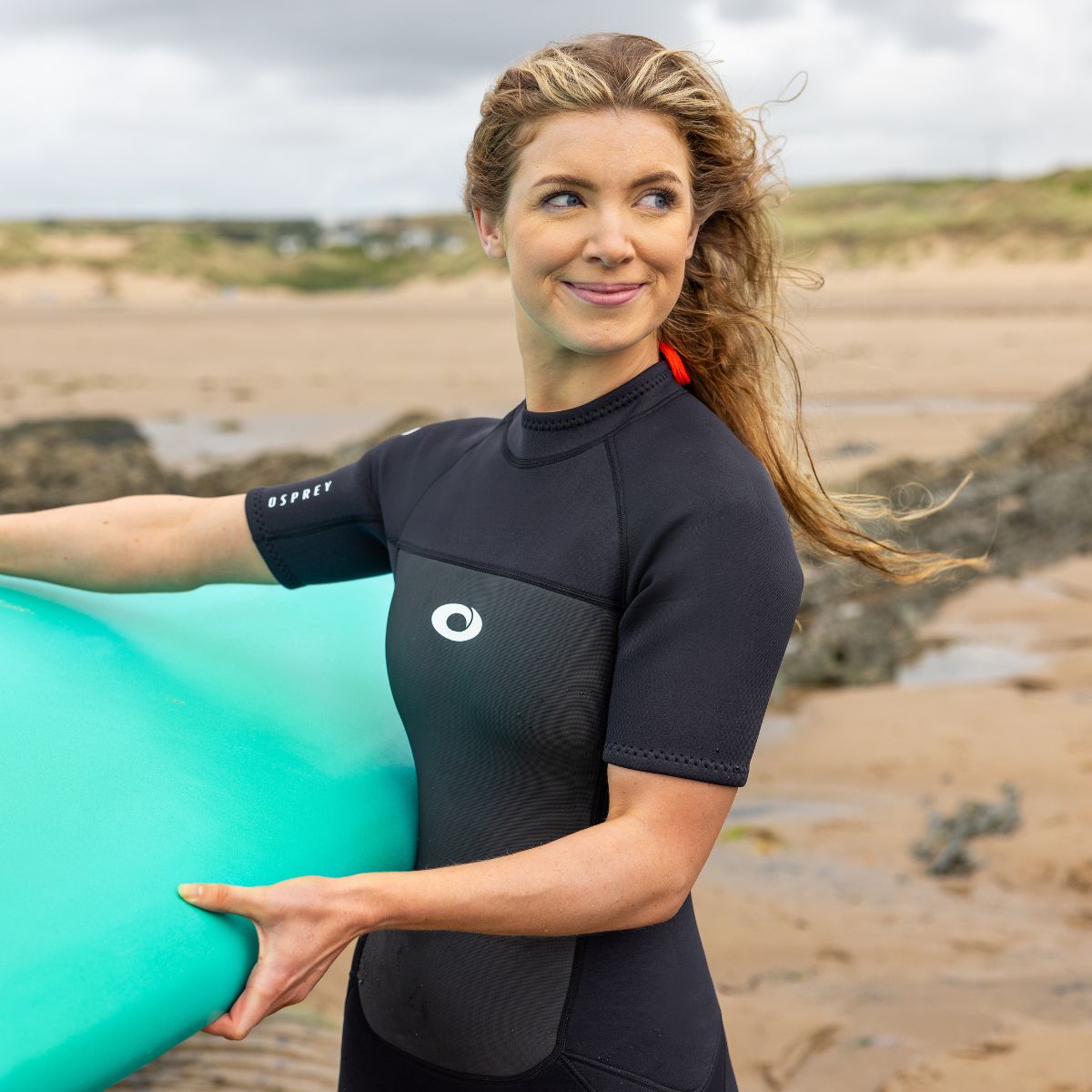
What Wetsuit is Best for Beginners?
For beginners, we recommend either a shorty or a full-length wetsuit, as both provide the right balance of insulation and comfort. A wetsuit with a neoprene thickness of 1/2mm or 3/2mm offers more than enough warmth while ensuring flexibility and breathability.
This makes them ideal for young children, as they can wear them comfortably without restricting movement, whether in the water or playing on the beach.
What Wetsuit is Best for Beginners?
A wetsuit that has an ergonomic design with anti-rub design are best for beginners as they are much more comfortable and means you or your child will wear them for longer. Full length suits should also have knee pads to help protect them from irritation and abrasions when learning to surf.
The close fit of the suit may make you feel restricted around the neck but don't worry, many wetsuits come with anti- rub necklines and cuffs to help combat chaffing and some of our suits come with super stretch neoprene in these areas for added comfort.
What Wetsuit is Best for Beginners?
Choosing the right wetsuit thickness is key to staying warm and comfortable in the water, especially if you're just starting out! As a beginner, you’ll want a wetsuit that offers the right balance of flexibility, warmth, and ease of movement.
For most beginners, a 3/2mm or 4/3mm wetsuit is a solid choice, offering enough warmth without restricting movement. If you’re unsure, consider where and when you'll be surfing, paddleboarding, or diving to find the best fit.
WHAT WETSUIT SIZE AM I?
To find the right fit of wetsuit, you’ll need to measure both your height and your chest.
To measure the chest: place a tape measure loosely under the arms (over the shoulder blades) around the fullest part of the chest.
To measure height: measure from the top of the head to the ground. Remember to keep feet flat and remove any footwear.
How to check your suit is fitting correctly:
- It should be as tight to the skin as possible - if you can pull a handful of material, your suit is a little too big.
- You should be able to move freely and comfortably to allow for a range of movement in the water.
- Your suit shouldn't pucker under the arms or be bunched around the waist.
- The leg cuff should finish just above the ankle - anything longer indicates your wetsuit is too large.
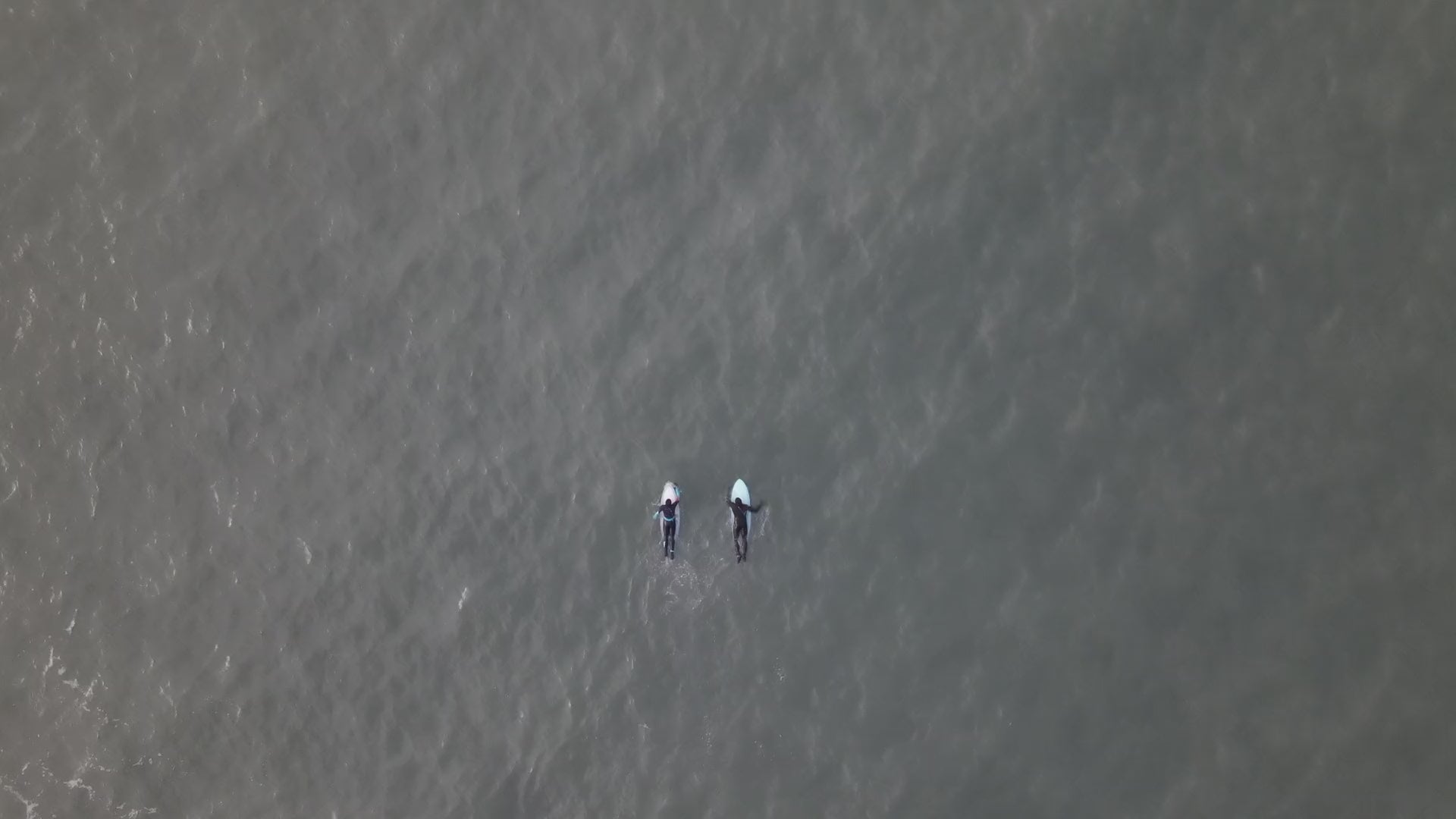

Osprey Measuring Guide
Heading
For most people sizing will be based on your height and chest size, women can also base can base their wetsuit size on dress size, but should be close fitting. If in doubt, measure yourself by using our video below to help you find the best wetsuit size for you.
To find the right fit of wetsuit, you’ll need to measure both your height and your chest.
To measure the chest: place a tape measure loosely under the arms (over the shoulder blades) around the fullest part of the chest.
To measure height: measure from the top of the head to the ground. Remember to keep feet flat and remove any footwear.
How to check your suit is fitting correctly:
- It should be as tight to the skin as possible - if you can pull a handful of material, your suit is a little too big.
- You should be able to move freely and comfortably to allow for a range of movement in the water.
- Your suit shouldn't pucker under the arms or be bunched around the waist.
- The leg cuff should finish just above the ankle - anything longer indicates your wetsuit is too large.
HOW DO I LOOK AFTER MY WETSUIT?
Having invested your hard-earned money into your new wetsuit, you want to be aware of the best possible ways to look after it to get the best possible wear out of it. Here are some helpful hints and tips like the best way to get your wetsuit on, and other care aspects, like how to dry it out after use.
HOW TO PUT ON YOUR WETSUIT
The first rule of putting on your suit is, be gentle! Yanking your suit about is a sure-fire way to put undue stress on the neoprene and even tear seams. Start at the bottom with your feet and slowly work your way up to the waist.
- For helping with the thankless task of getting your feet through the leg openings is to put a plastic bag on your foot and simply slide it through.
- Once the suit is up to the waist adjust it so that the bottom half fits correctly over your legs, before rolling the rest of the suit up the body and putting your arms through. This again will avoid you over stressing seams.
- You're in! Now before you do the zipper up make sure the suit is fitted correctly before you seal yourself in. This will result in less stress being placed on the seams. You should avoid forcing the zip on your suit as it will be costly repair; slowly and smoothly is always the best way!
HOW TO TAKE OFF YOUR WETSUIT
- Work in the reverse of putting on your wetsuit and take your time. Try not to pull too much on the suit if it is being stubborn, as this can result in torn neoprene and blown seams.
- Peel your suit off and leave it inside out, as it this will again cause less stress on seams and is better for drying out after use.
HOW TO DRY YOUR WETSUIT
- Before you dry your wetsuit out fully, rinse it with cold, clean, fresh water (the sooner after use the better). This is especially important after use in salt water as the salt retained in the suit can dry the neoprene out reducing its elasticity and causing corrosion to the seams which will impair the lifespan of the suit
- Leave your suit to air dry inside out but keep it out of direct sunlight., Heat is not good for the health of your suit and too much direct sunlight will dry the neoprene out withering the material. Hanging your suit up by the shoulders is not advisable as this can cause problems with shoulder seams. The best way to hang it out to dry is to put it through a large plastic coat hanger or over the washing line by the waist. Avoid using metal hangers as these can rust and cause staining. Flip the suit the right way round once the inside is dry to dry the outside properly as well.
- NEVER EVER dry your suit in a tumble dryer! This is a guaranteed way to kill your wetsuit!
- When storing your wetsuit away, place it in an area away from direct sunlight that is cool and dry. Make sure the suit is fully dry before placing it on a large wide non-metal hanger to support the shoulders properly. Hanging a suit that is still wet this way will result in stretching. Make sure any Velcro fastenings are done up as this will help avoid abrasions on the neoprene.
HOW TO INCREASE YOUR WETSUIT LIFESPAN
- Folding it up and storing it when wet. This will result in a pretty ripe stench emanating from the neoprene and possibly mould growing on your suit. In severe cases of mould this will sentence your wetsuit to the skip!
- Using harsh chemical cleaners will ruin the neoprene drying it out and severely reducing lifespan. Using hot water to rinse out your suit can also dissolve the glue in the seals.
- Peeing in your suit! Yes, the waves might be barrelling sweetly, and the white water might be pumping but it’s best to get out of the water to empty your bladder somewhere other than your suit! For one, peeing in your suit will make it stink, and two, the acidic properties in urine can corrode the seals and the neoprene, so it’s best not to risk it.
- Washing your wetsuit in a washing machine will kill your suit!

